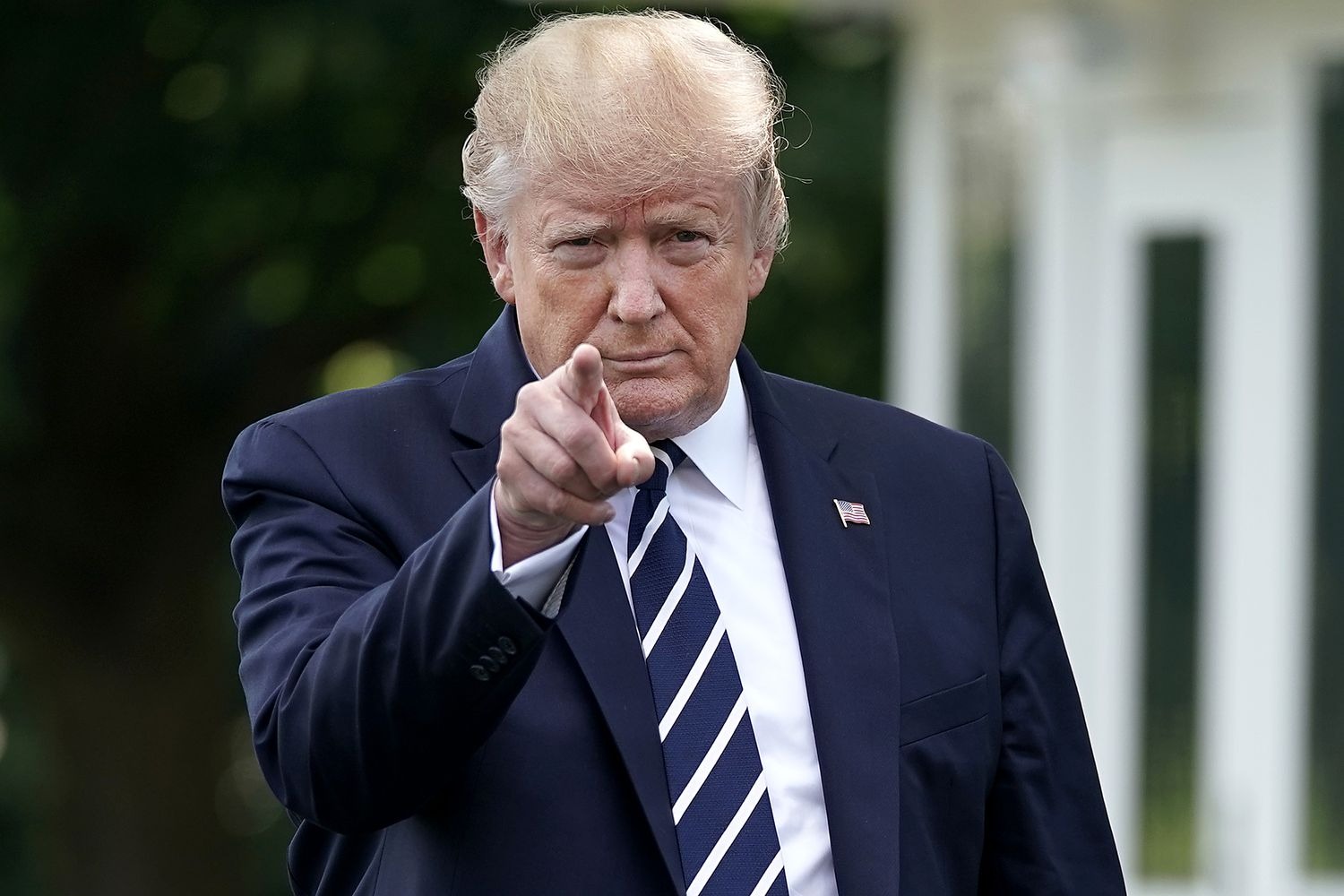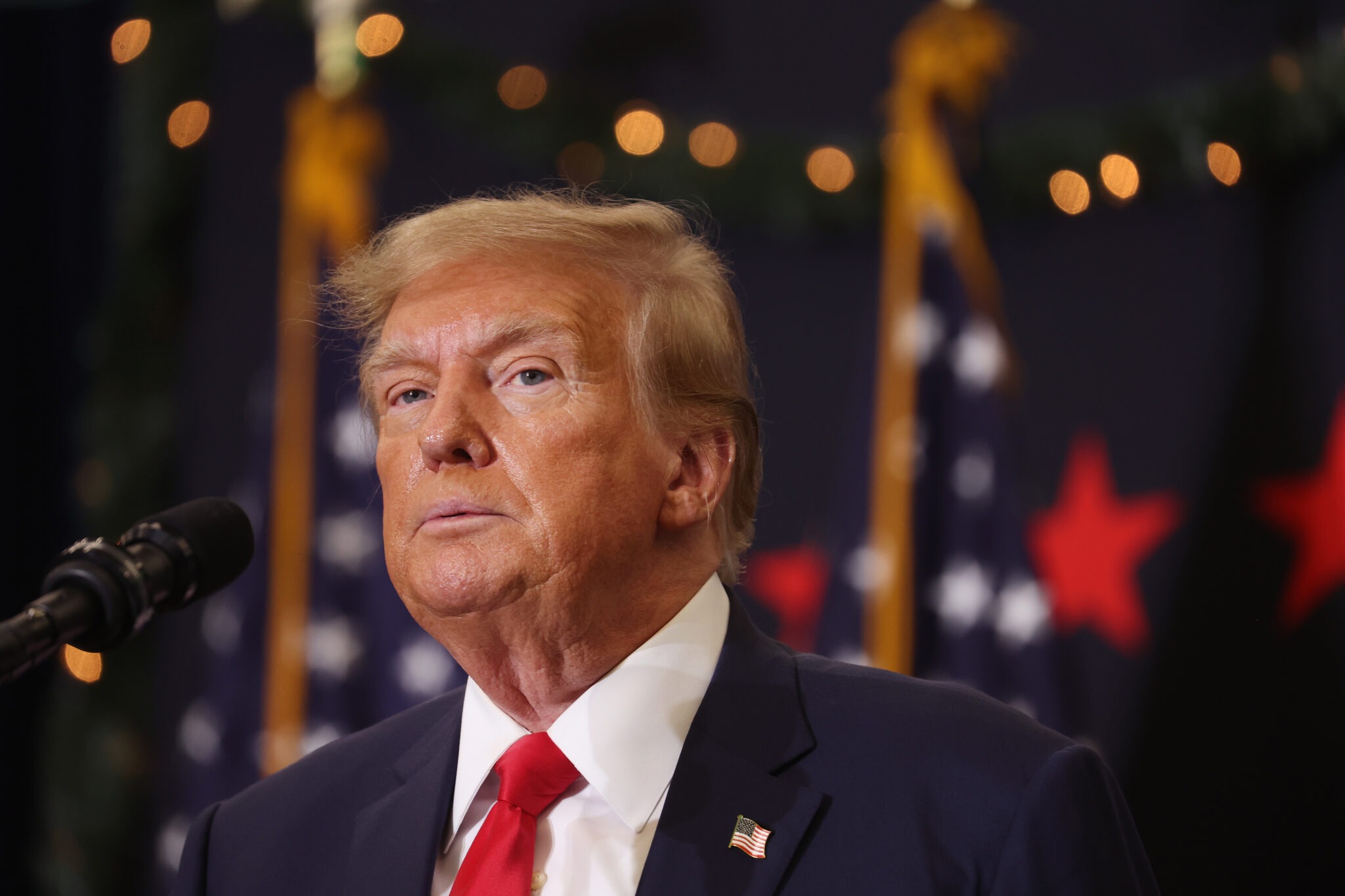Donald Trump‘s wavering approach to policy promises, particularly regarding tax cuts, reflects his lack of economic understanding and tendency to cater to whichever audience he’s addressing.
Despite occasional claims to the contrary, Trump has consistently pursued tax cuts for the wealthy, aligning with the core ideological commitment of the Republican elite and its donors.
Tax cuts for the rich are a crucial element in maintaining Republican loyalty and garnering support from wealthy donors. While most Americans oppose such cuts for the wealthy, Republicans traditionally pair them with tax breaks for the middle class to offset public resistance.

Donald Trump (Credits: ThoughtCo)
However, the economic landscape in a potential second Trump term may present challenges, particularly in light of rising inflation and interest rates.
For decades, the federal government has been able to borrow money at low rates, allowing both parties to engage in deficit spending without immediate consequences. However, the economic repercussion of the COVID-19 pandemic has altered this environment, leading to increased inflation and interest rates.
Passing tax cuts for the rich could have huge costs, potentially necessitating cuts to social programs like Social Security and Medicare or exacerbating inflationary pressures.

Donald Trump (Credits: Pennsylvania Capital-Star)
Trump’s response to these economic challenges is uncertain, but his commitment to tax cuts for the wealthy remains steadfast. Despite warnings from economists like Larry Summers about the risks of uncontrollable inflation, Trump may continue to prioritize the interests of the wealthy elite over the broader economic welfare of the middle class.
Trump’s policy choices will have consequences for the economy and the American public. Whether he opts for deep spending cuts or attempts to pressure the Federal Reserve to keep rates low, the middle class is likely to bear the brunt of the cost associated with tax cuts for the rich.























